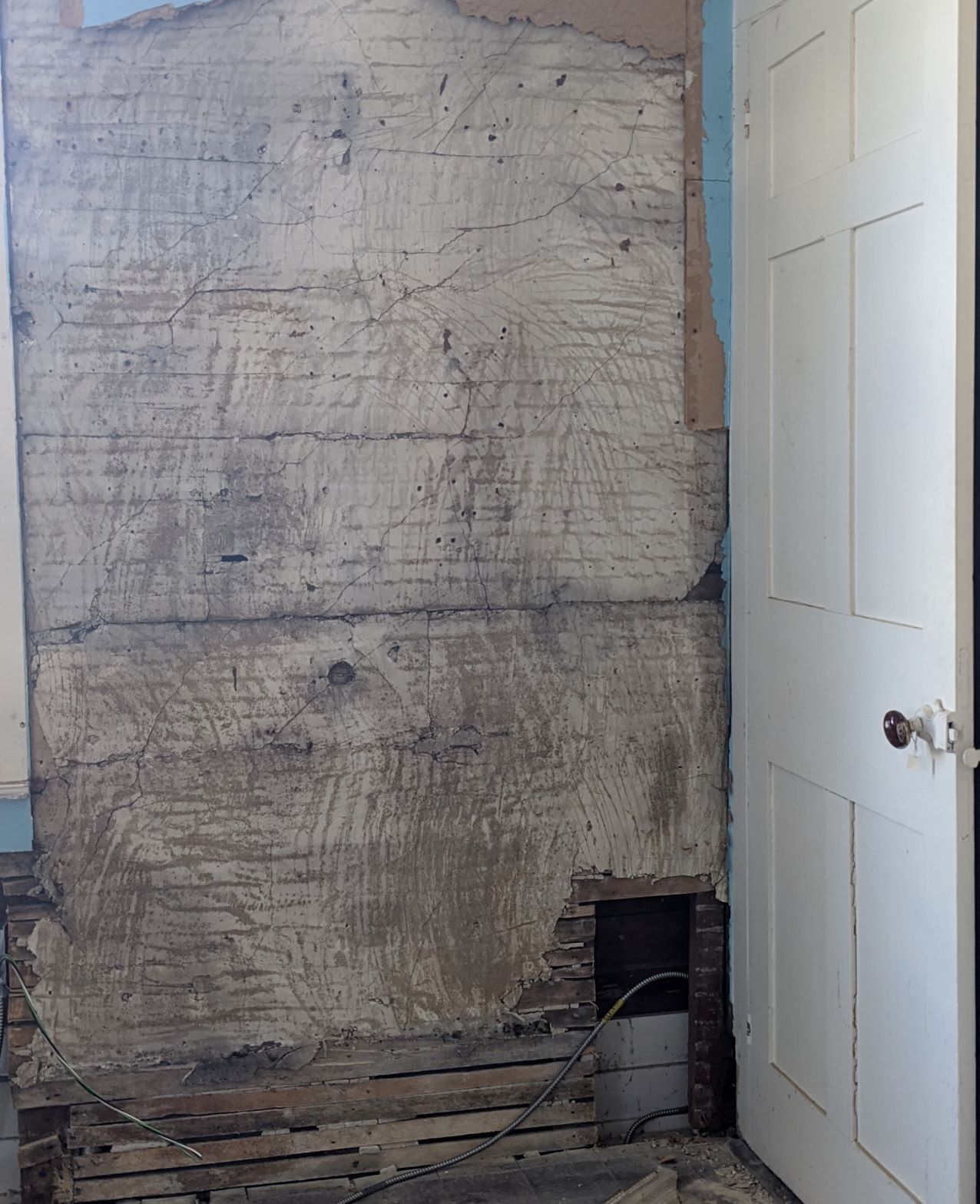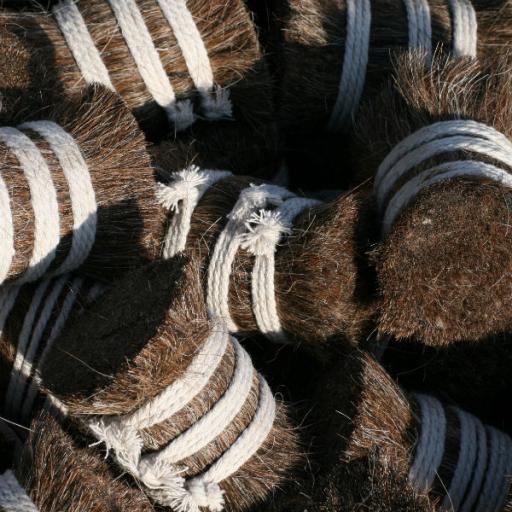

Later in the 19 th century, some architects like Norman Shaw who were involved in the Arts and Crafts Movement revived pargetting, but the effects produced were far less spontaneous looking than those produced by earlier craftsmen. Some of the most opulent pargeting was produced over the next 150 years with a high point around 1660 (for example, Ancient House, Ipswich, and the Sun Inn, Saffron Walden), then the technique began to fall out of fashion.”

“English plasterwork became increasingly elaborate in the 16th century and the dramatic external decoration of Henry VIII’s Nonsuch Palace (1538) was contemporary with early plaster friezes in the great houses. An important ingredient in the plaster used to create these three-dimensional images and to give them some cohesive strength is fibre. The patterns or drawings were/are often produced by filling moulds with plaster while the wall is being plastered. However, the frequently fine and intricate patterns and illustrations created on the plaster suggest that creating pargetting involves little if any ‘throwing about’ of plaster but rather much care in its application. “Pargeting derives from the word ‘parget’, a Middle English term that is probably derived from the Old French pargeter or parjeter, to throw about, or porgeter, to roughcast a wall.” Another customer overheard me and explained that what I was asking about is called ‘parget(t)ing’. I asked the assistant about the plasterwork with decorations that was on her shop and other buildings in the area. Saffron Walden is lucky to have such a fine bookstore. She replied that despite its name, Hart’s is now a branch of Daunt’s. I mentioned to the sales assistant that the shelving resembled that used by branches of the excellent Daunt’s bookshop chain. Secondly, the shelving units looked very familiar. It was a place where one might spend quite a long time browsing. I entered Harts bookshop and noticed two things.


 0 kommentar(er)
0 kommentar(er)
